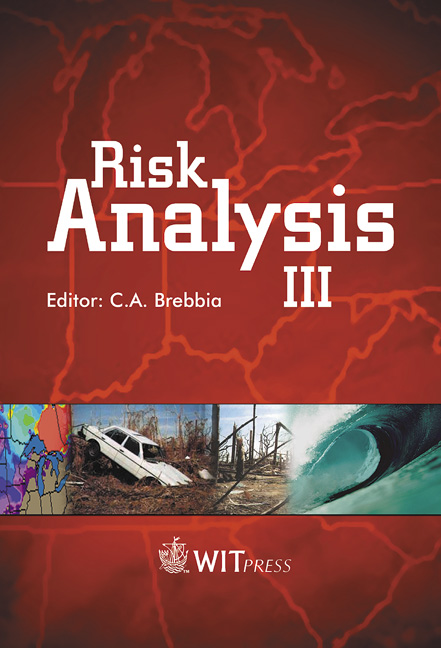An Approach To Measure Soil Slip Risk
Price
Free (open access)
Transaction
Volume
31
Pages
Published
2002
Size
463 kb
Paper DOI
10.2495/RISK020701
Copyright
WIT Press
Author(s)
L. Montrasio, F. R. Valentino & R. Valentino
Abstract
The paper presents a method to assess soil slip risk based on the use of a mechanical simplified model previously introduced by Montrasio [1]. The approach is based on the introduction of the concept of the critical rainy event that induces soil-slip triggering. Two ways to obtain the critical rainy event are presented and discussed. Furthermore a method to derive the return period of such critical event is proposed. This return period could be directly associated to soil slip risk. 1 Introduction Soil slips are landslides involving small sections of superficial weakly-bonded soil, usually triggered by brief, heavy rainfall. These phenomena mostly occur on slopes composed of a rocky substrate and a superficial layer of very different permeability characteristics. These phenomena are characterised by a triggering stage and by subsequent development that may occur in different ways [2]. Due to their rapid formation, difficulty in predicting their site and the high, distribution density of each phenomenon, soil slips have caused major property damage and casualties. Therefore the economic and social importance of soil slips has made it necessary in recent years to step up research into the problem with the ultimate objective of mapping zones with potential soil slip risk. Aware of the fact that soil slip risk arises from the product of the danger tied to the main predisposing factors and the vulnerability of a certain territory, this paper primarily deals with assessing some aspects regarding triggering probability of such phenomena.
Keywords





